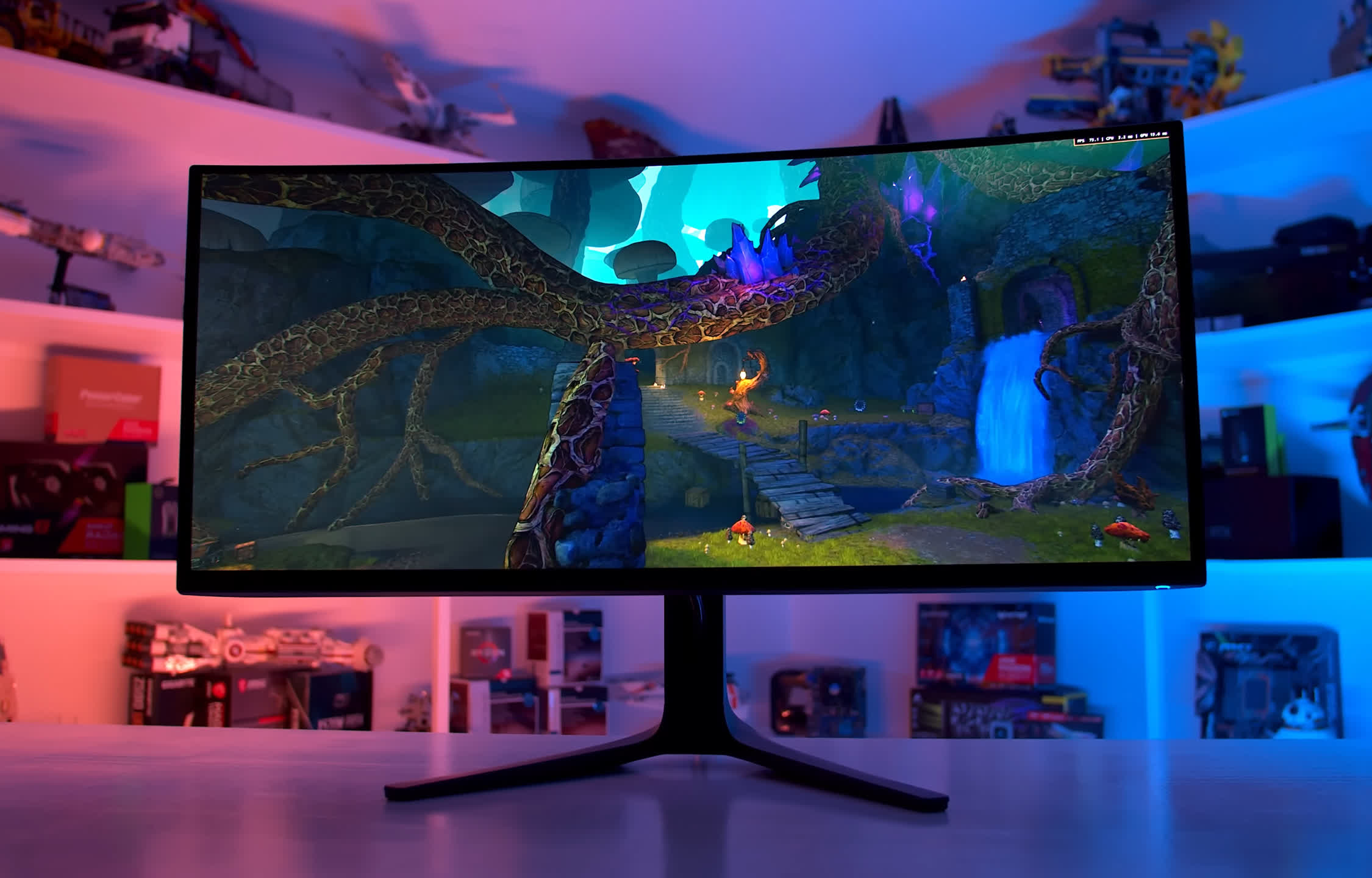Yes G-Sync is VRR.
VRR= variable refresh rate, mostly stands for G-Sync+Freesync compatibility
Freesync = AMD cards compatible (VRR from AMD)
G-Sync = Nvidia cards compatible (VRR from Nvidia)
The time this step takes is affected by the speed of the video processor and the total amount of processing. Although you can't control the processor speed, you can control how many operations it needs to do by enabling and disabling settings. Most picture settings won't affect the input lag, and monitors rarely have any image processing, which is why the input lag on monitors tends to be lower than on TVs. One of these settings that could add delay is variable refresh rate.
